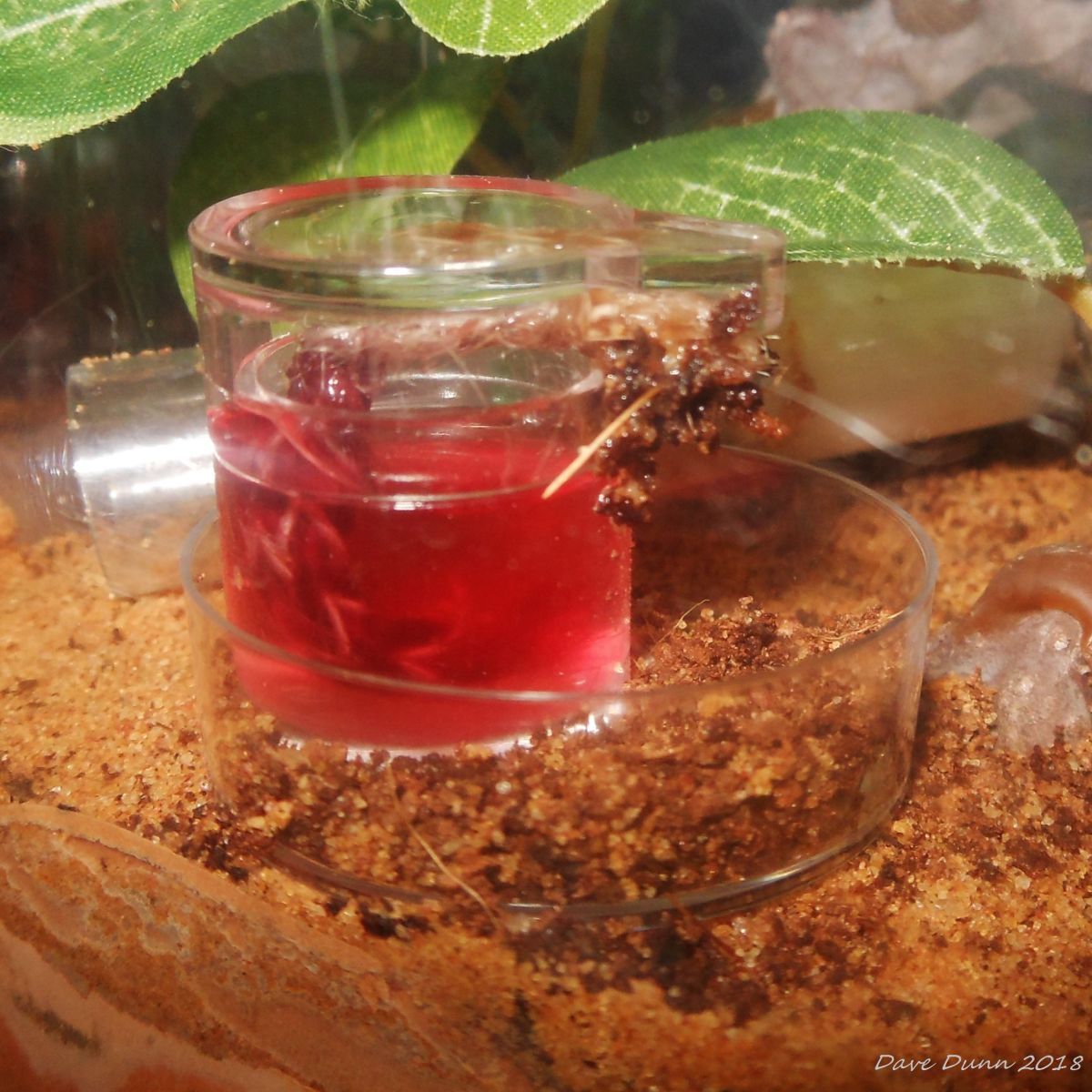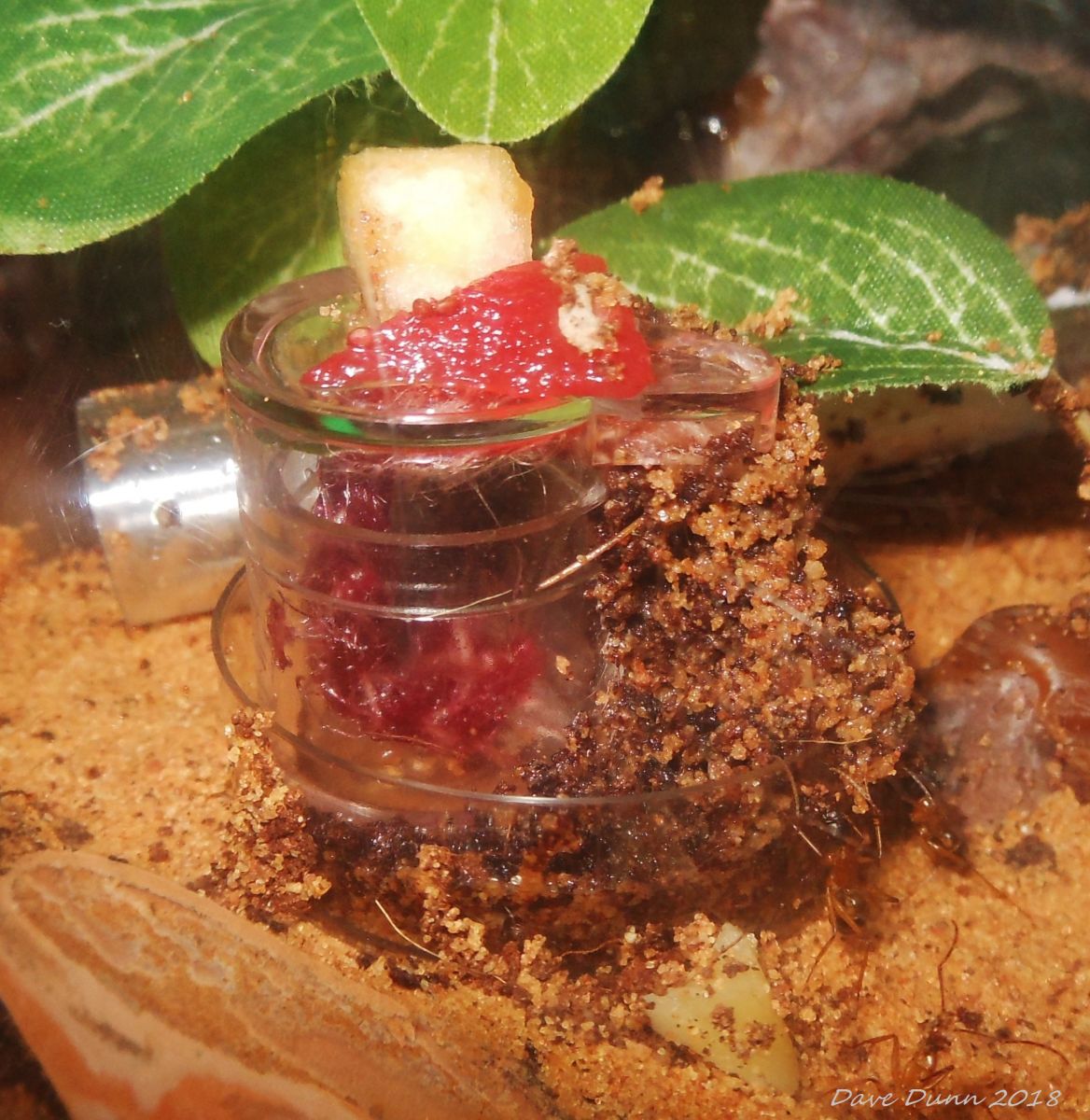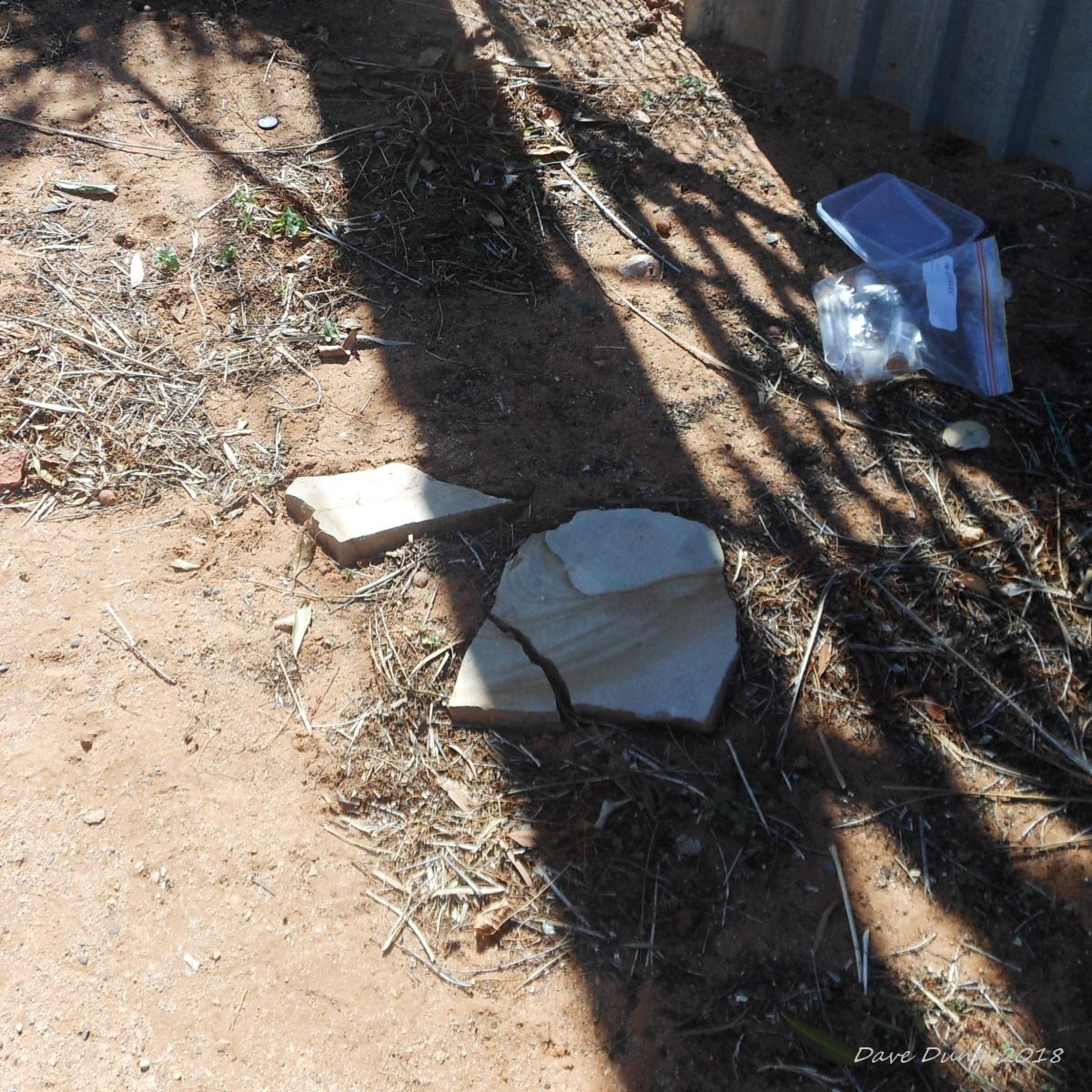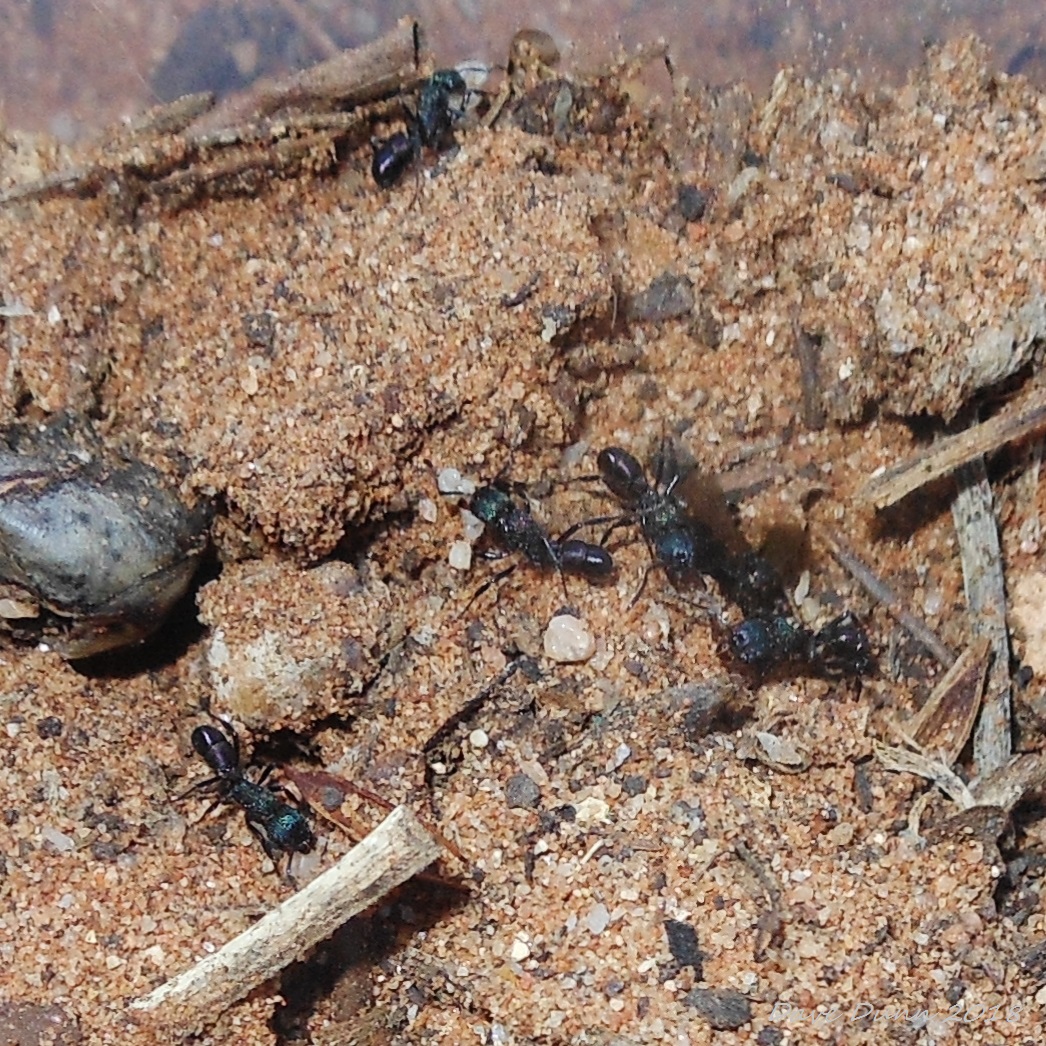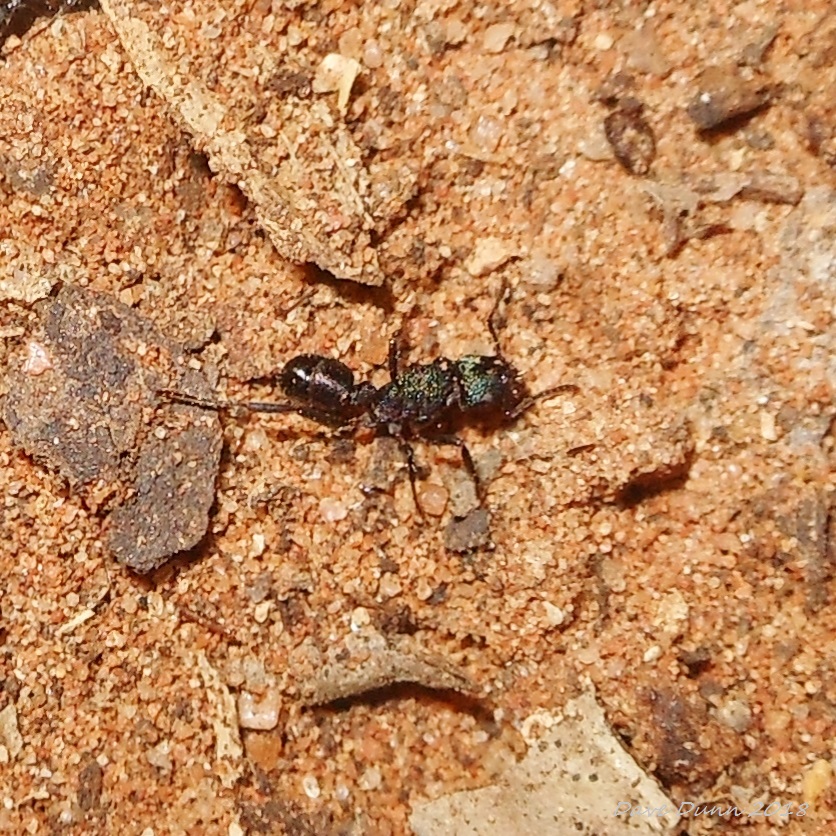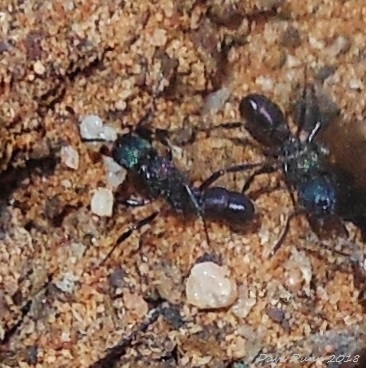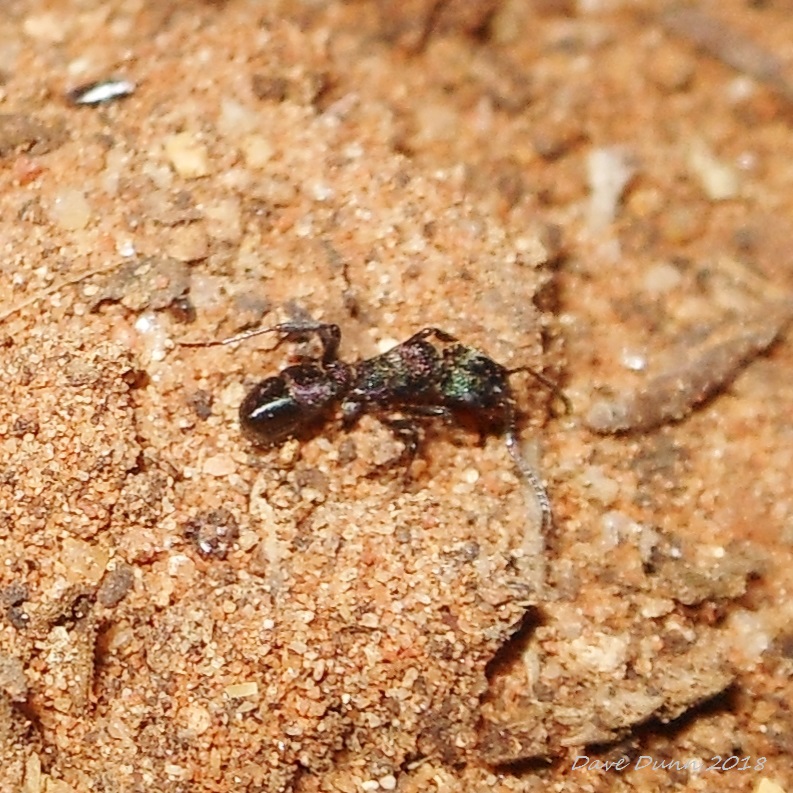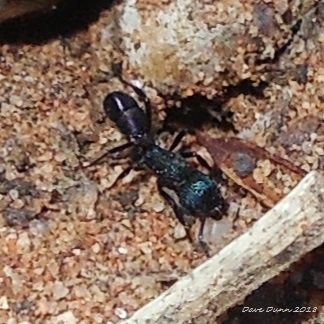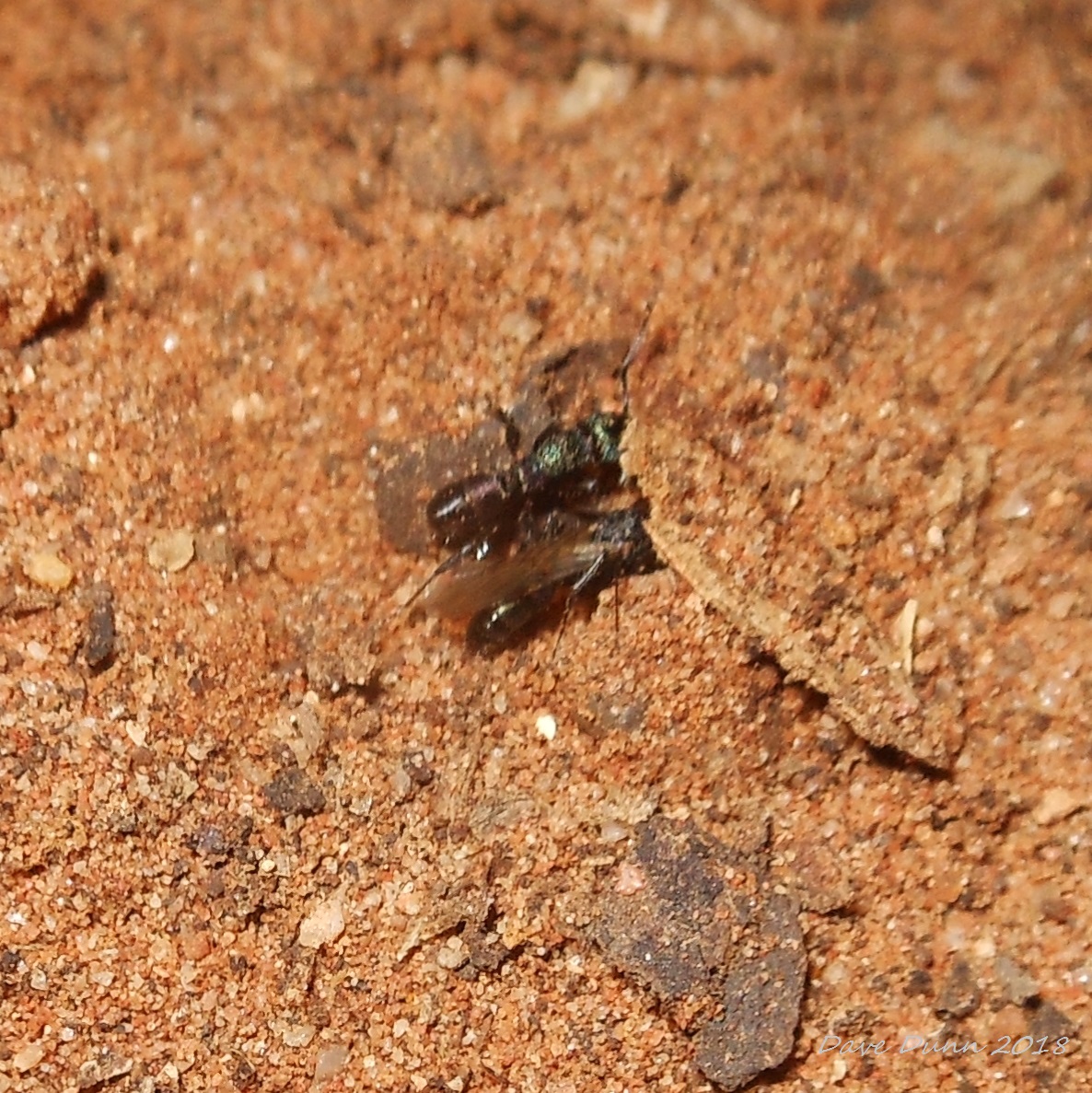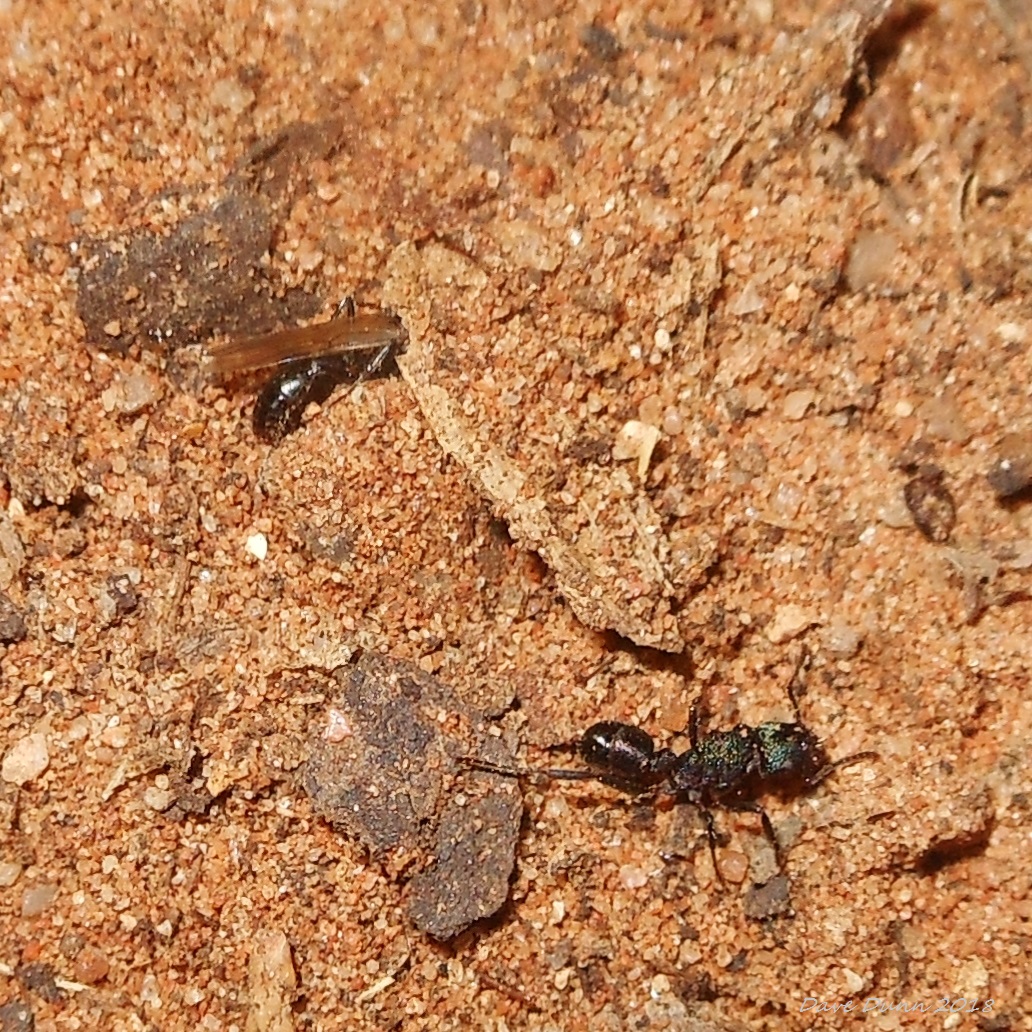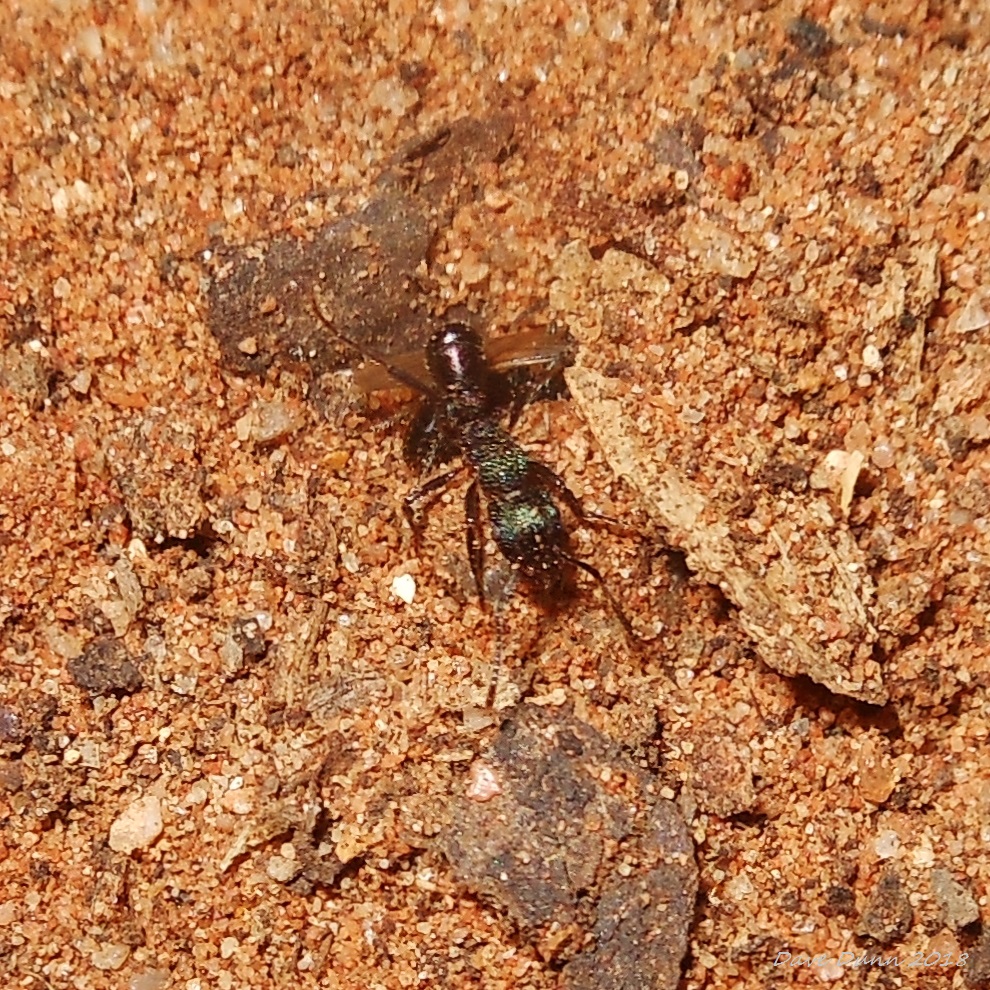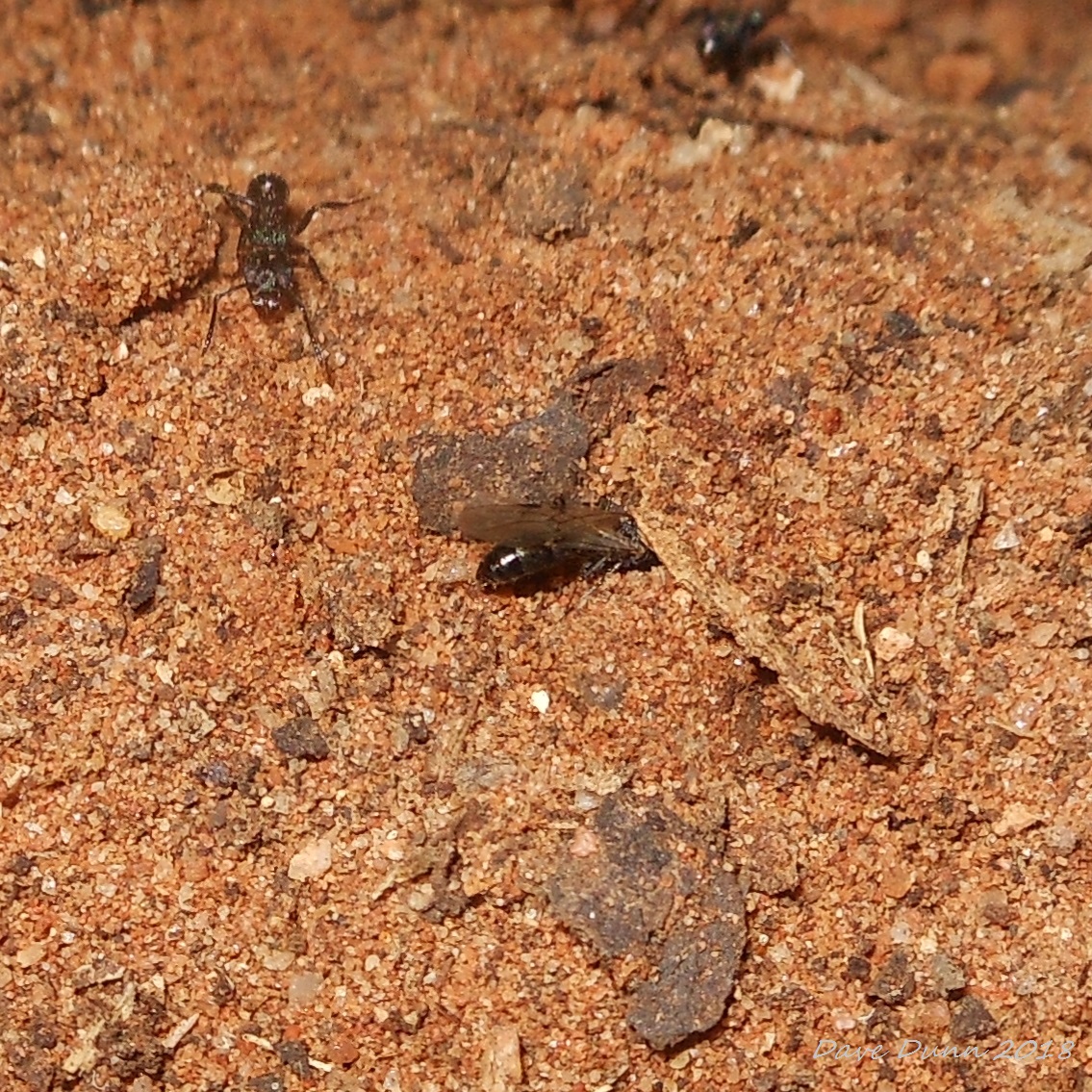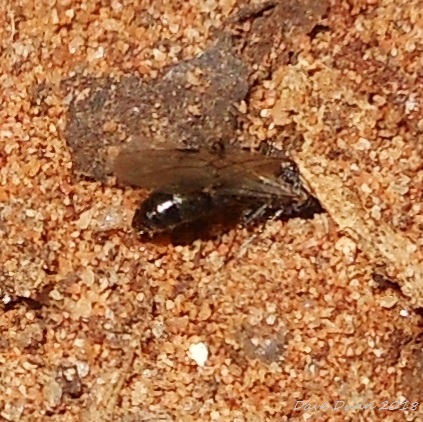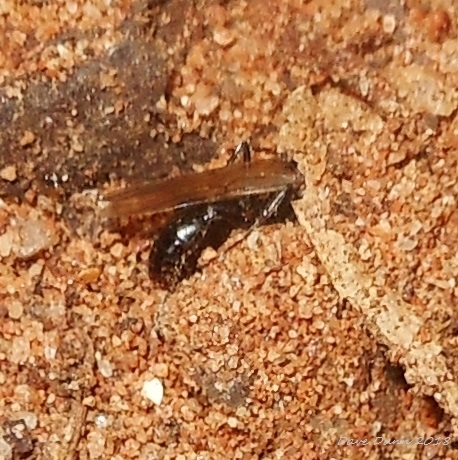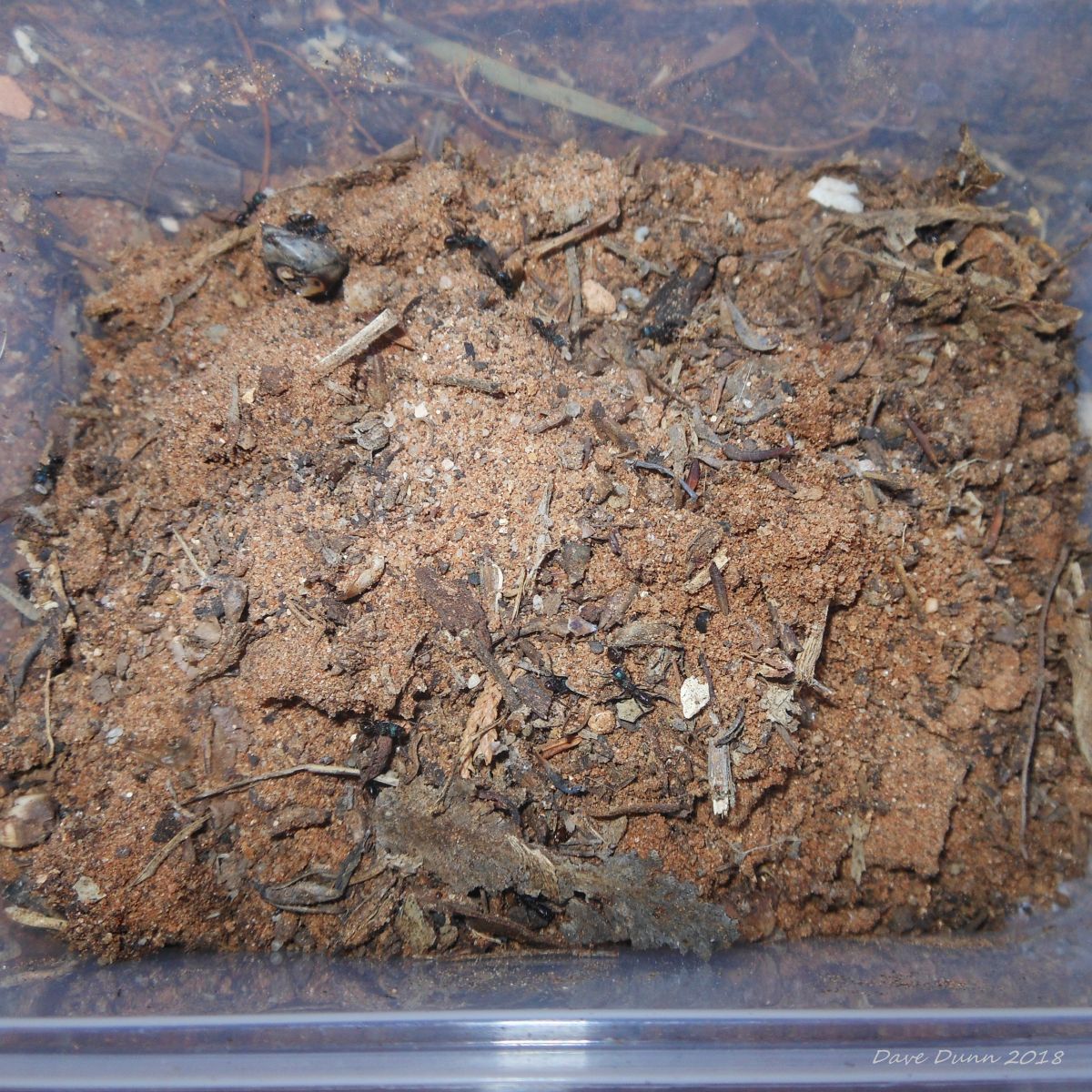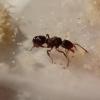New colony collected on the 28th August!
Colony collected 28th August near Berri, The Riverland/Murray Mallee Region, South Australia.
I found this colony on Thursday night - 23rd Aug - but quickly replaced the stone and sprinkled loose sand around the edges to reseal it. It was on the side of a dirt alley in a small town, the surface was compacted sand with finer loose sand near the fences.
I observed the stone and surrounding area at various times of day or night for the next 4 days but saw no ant activity at all. I was also taking note of when the stone received sun throughout the day to try to work out when I thought the queen would be most likely to be in upper chambers for collection.
Friday night I poured about 1 litre of water around the edges and top of the stone thinking that perhaps I had lost humidity in the nest and raising the humidity/moisture level might keep or bring the queen to chambers directly below the stone. The dirt/sand the nest was formed in was to all appearances dry, it flowed easily from the hand.
The ants are around the 8mm mark, some variation but no obvious castes sizes.
At first glance they look black but they have a metallic sheen in some lights but they are not a smooth looking ant.
In some of the following pics you can see a hint of greenish heads and purple-ish thoraxes which is why I included some pics that aren't really up to par.
Tentative I.D. (by myself) Rhytidoponera metallica.
If so apparently they have gamerates and "queens are relatively insignificant and are rarely produced in colonies." (Wikipedia)
One winged ant found with the colony but no obvious bigger sized obvious Queen present. The winged ant is about the same size as the others but the gaster is different. I can't decide if it's a winged Queen or a male. It's very shy and burrows immediately, I saw a flash of it in the split second between lifting the rock and the "scoop and dump" (my method for catching some inverts, I slice under the soil with a spatula and dump it into a tub and put the lid on, the only way to catch centipedes!) and for another second or so when I sprinkled the dirt/sand from the collection tub to a more permanent tub. It buried it's head immediately but left its' gaster exposed so I took a couple of pics before it disappeared.
In one pic it looks like a worker is bigger but that's perspective, all the ants were close in size.
Let me know what you think.
The nest was directly under the stone with the brood chambers roofed by the stone.
I took one scoop and dumped it into a tub removing all of the nest entirely. Immediately after scooping I carefully scooped the loose dirt and debris from the hole by hand and dug a bit deeper carefully checking each small scoop as I went, there were no ants or tunnels deeper than my original scoop.
Some stray workers were out of the brood chambers at the time and were all scooped up individually, to the best of my knowledge I removed every ant. I spent a long time waiting to see movement catching one stray here and there until there were none left. I estimate around 20 workers.
In the collection tub there were quite a few workers carrying brood but only one or two once transferred to a more permanent vented tub so unfortunately I've lost most of the brood, either in transit or because they had made a chamber before I sprinkled the loose sand into the new tub.
The new more permanent tub has a base of compressed sand with some peat added but not much, very much like the substrate they were found in, and of course that substrate is now the top layer in the tub. The workers have been busy since last night, three chambers have been started, maybe they will pull together as a colony.






